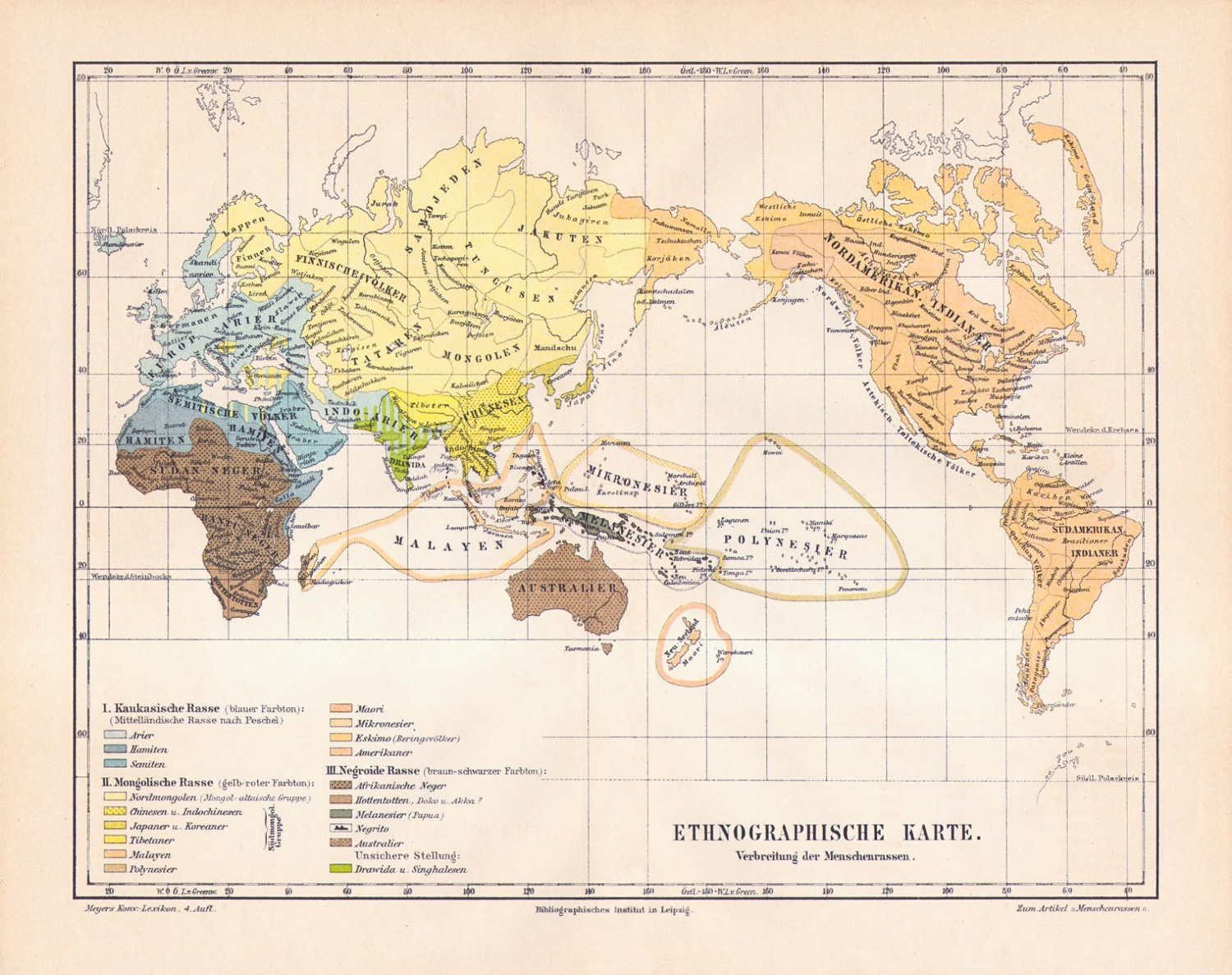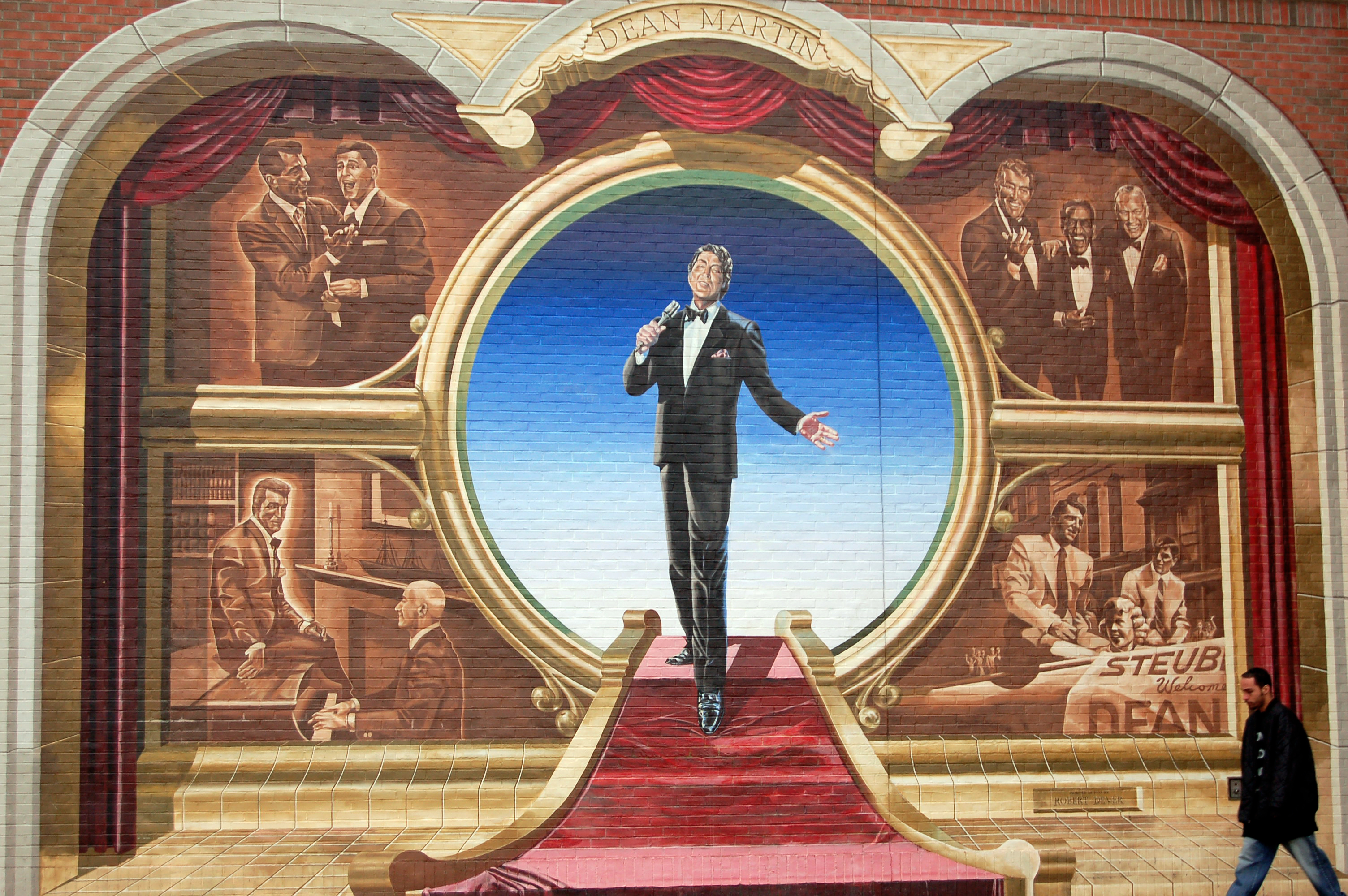|
James H. Street
James Howell Street (October 15, 1903 – September 28, 1954) was an American journalist, minister, and writer of Southern historical novels. Biography Street was born in Lumberton, Mississippi, in 1903. As a teenager, he began working as a journalist for newspapers in Laurel (''Laurel Leader Call'') and Hattiesburg, Mississippi. At the age of 20, Street, born a Roman Catholic, decided to become a Baptist minister, attending Southwestern Baptist Theological Seminary and Howard College. Unsatisfied with his pastoral work after ministering stints in Missouri, Mississippi, and Alabama, Street returned to journalism in 1926. After briefly holding a position with the Pensacola, Florida ''Journal'', Street joined the staff of the Associated Press. The AP position took him to New York, where he began freelance writing fiction. Hired away from the AP by the '' New York World-Telegram'' in 1937, Street sold a short story ("A Letter to the Editor") to ''Cosmopolitan'' magazine, whic ... [...More Info...] [...Related Items...] OR: [Wikipedia] [Google] [Baidu] |
Journalist
A journalist is an individual that collects/gathers information in form of text, audio, or pictures, processes them into a news-worthy form, and disseminates it to the public. The act or process mainly done by the journalist is called journalism. Roles Journalists can be broadcast, print, advertising, and public relations personnel, and, depending on the form of journalism, the term ''journalist'' may also include various categories of individuals as per the roles they play in the process. This includes reporters, correspondents, citizen journalists, editors, editorial-writers, columnists, and visual journalists, such as photojournalists (journalists who use the medium of photography). A reporter is a type of journalist who researches, writes and reports on information in order to present using sources. This may entail conducting interviews, information-gathering and/or writing articles. Reporters may split their time between working in a newsroom, or from home, and going ou ... [...More Info...] [...Related Items...] OR: [Wikipedia] [Google] [Baidu] |
Cosmopolitan (magazine)
''Cosmopolitan'' is an American monthly fashion and entertainment magazine for women, first published based in New York City in March 1886 as a family magazine; it was later transformed into a literary magazine and, since 1965, has become a women's magazine. ''Cosmopolitan'' is one of the best-selling magazines and is directed mainly towards a female audience. Jessica Pels is the magazine's current editor-in-chief. Formerly titled ''The Cosmopolitan'' and often referred to as ''Cosmo'', throughout the years, ''Cosmopolitan'' has adapted its style and content. Its current incarnation was originally marketed as a woman's fashion magazine with articles on home, family, and cooking. Eventually, editor-in-chief Helen Gurley Brown changed its attention to more of a women empowerment magazine. Nowadays, its content includes articles discussing relationships, sex, health, careers, self-improvement, celebrities, fashion, horoscopes, and beauty. ''Cosmopolitan'' is published by New York ... [...More Info...] [...Related Items...] OR: [Wikipedia] [Google] [Baidu] |
Good-bye, My Lady
''Good-bye, My Lady'' is a novel by James H. Street about a boy and his dog. It was published by J. B. Lippincott Company in June 1954 and reprinted in paperback by Pocket Books in February 1978. It is based on Street's short story "Weep No More, My Lady", which was published in the 6 December 1941 issue of ''The Saturday Evening Post''. The novel was made into a film of the same name in 1956. Plot summary Skeeter is a 14-year-old orphan who lives with his uncle Jesse in a one-room shack in the swamps of the Pascagoula River in Mississippi. He has heard the sound of a strange animal in the swamp near their shack, and one summer evening he convinces his uncle to help him go out and find it. When they do, they see it is a small animal with short red and white fur that makes a chuckling yodel sound and cleans itself like a cat. Jesse is unsure what the animal is, but Skeeter is convinced it is a dog. The next day, Jesse's friend Alpheus "Cash" Evans, owner of the general st ... [...More Info...] [...Related Items...] OR: [Wikipedia] [Google] [Baidu] |
Greenwood LeFlore
Greenwood LeFlore or Greenwood Le Fleur (June 3, 1800 – August 31, 1865) served as the elected Principal Chief of the Choctaw in 1830 before removal. Before that, the nation was governed by three district chiefs and a council of chiefs. A wealthy and regionally influential Choctaw of mixed-race, who belonged to the Choctaw elite due to his mother's rank, LeFlore had many connections in state and federal government. In 1830 LeFlore led other chiefs in signing the Treaty of Dancing Rabbit Creek, which ceded the remaining Choctaw lands in Mississippi to the US government and agreed to removal to Indian Territory. It also provided that Choctaw who chose to stay in Mississippi would have reserved lands, but the United States government failed to follow through on this provision. While many leaders argued that removal was inevitable, others opposed the treaty and made death threats against LeFlore. Ousted by the tribal council in a coup, he stayed in Mississippi, where he settled in ... [...More Info...] [...Related Items...] OR: [Wikipedia] [Google] [Baidu] |
Newton Knight
Newton Knight (November 10, 1829 – February 16, 1922) was an American farmer, soldier and Southern Unionist in Mississippi, best known as the leader of the Knight Company, a band of Confederate Army deserters who resisted the Confederacy during the Civil War. Local legends tell of Knight and his men forming the "Free State of Jones" in the area in and around Jones County, Mississippi, at the height of the war. The nature and extent of the Knight Company's opposition to the Confederate government is disputed among historians. After the war, Knight joined the Republican Party and served in Mississippi's Reconstruction government as a deputy U.S. Marshal. Knight has long been a controversial figure in the region, with people divided over his motives and actions. He and his allies developed a small mixed-race community in southeastern Mississippi. His interracial marriage with Rachel Knight was considered illegal, as Mississippi had banned interracial marriages before and afte ... [...More Info...] [...Related Items...] OR: [Wikipedia] [Google] [Baidu] |
Samuel Dale
Samuel Dale (1772 – ), known as the "Daniel Boone of Alabama", was an American frontiersman, trader, miller, hunter, scout, courier, soldier, spy, army officer, and politician, who fought under General Andrew Jackson, in the Creek War, later, becoming a brigadier general in the U.S. Army, and an advocate for Alabama statehood. Samuel Dale was born in 1772, in Rockbridge County, Virginia to Scotch-Irish parents from Pennsylvania. As a boy, both he and his parents moved, many times, with westward border expansion, most notably in 1775 and 1783. With the death of his parents in December 1792, he was responsible for the welfare of eight younger children. From 1793–96 he served as a United States Government scout. He abandoned work as a trader between Savannah, Georgia and the border settlements and as a mill owner-operator to guide immigrants into Mississippi, over Native American lands. Dale was present, in 1811, when Tecumseh enlisted local Alabama Native Americans ... [...More Info...] [...Related Items...] OR: [Wikipedia] [Google] [Baidu] |
Movie
A film also called a movie, motion picture, moving picture, picture, photoplay or (slang) flick is a work of visual art that simulates experiences and otherwise communicates ideas, stories, perceptions, feelings, beauty, or atmosphere through the use of moving images. These images are generally accompanied by sound and, more rarely, other sensory stimulations. The word "cinema", short for cinematography, is often used to refer to filmmaking and the film industry, and to the art form that is the result of it. Recording and transmission of film The moving images of a film are created by photographing actual scenes with a motion-picture camera, by photographing drawings or miniature models using traditional animation techniques, by means of CGI and computer animation, or by a combination of some or all of these techniques, and other visual effects. Before the introduction of digital production, series of still images were recorded on a strip of chemically sensitized ... [...More Info...] [...Related Items...] OR: [Wikipedia] [Google] [Baidu] |
Honor
Honour (British English) or honor (American English; see spelling differences) is the idea of a bond between an individual and a society as a quality of a person that is both of social teaching and of personal ethos, that manifests itself as a code of conduct, and has various elements such as valour, chivalry, honesty, and compassion. It is an abstract concept entailing a perceived quality of worthiness and respectability that affects both the social standing and the self-evaluation of an individual or institutions such as a family, school, regiment or nation. Accordingly, individuals (or institutions) are assigned worth and stature based on the harmony of their actions with a specific code of honour, and the moral code of the society at large. Samuel Johnson, in his ''A Dictionary of the English Language'' (1755), defined honour as having several senses, the first of which was "nobility of soul, magnanimity, and a scorn of meanness". This sort of honour derives from the percei ... [...More Info...] [...Related Items...] OR: [Wikipedia] [Google] [Baidu] |
Race (classification Of Human Beings)
A race is a categorization of human Humans (''Homo sapiens'') are the most abundant and widespread species of primate, characterized by bipedalism and exceptional cognitive skills due to a large and complex brain. This has enabled the development of advanced tools, cultu ...s based on shared physical or social qualities into groups generally viewed as distinct within a given society. The term came into common usage during the 1500s, when it was used to refer to groups of various kinds, including those characterized by close kinship relations. By the 17th century, the term began to refer to physical (phenotypical) traits, and then later to national affiliations. Modern science regards race as a social construct, an Identity (social science), identity which is assigned based on rules made by society. While partly based on physical similarities within groups, race does not have an inherent physical or biological meaning. The concept of race is foundational to racism, ... [...More Info...] [...Related Items...] OR: [Wikipedia] [Google] [Baidu] |
Living It Up
''Living It Up'' is a 1954 American comedy film starring Dean Martin and Jerry Lewis which was released by Paramount Pictures. The film was directed by Norman Taurog and produced by Paul Jones. The screenplay by Jack Rose and Melville Shavelson was based on the musical ''Hazel Flagg'' (1953) by Ben Hecht, which was in turn based on the story "Letter to the Editor" by James H. Street. An earlier film based on Street's story, '' Nothing Sacred'' (1937), had been by Selznick International Pictures (released through United Artists) with Carole Lombard and Fredric March, and directed by William A. Wellman. The 1954 version features original music by Walter Scharf, cinematography by Daniel L. Fapp, art direction by Albert Nozaki and Hal Pereira, and costume design by Edith Head. In addition to Martin and Lewis, the cast of ''Living It Up'' includes Janet Leigh, Edward Arnold, Fred Clark, Sheree North, and Sig Ruman. Plot Homer Flagg is a railroad worker in the small town of De ... [...More Info...] [...Related Items...] OR: [Wikipedia] [Google] [Baidu] |
Jerry Lewis
Jerry Lewis (born Joseph Levitch; March 16, 1926 – August 20, 2017) was an American comedian, actor, singer, filmmaker and humanitarian. As his contributions to comedy and charity made him a global figure in popular culture, pop culture, Lewis was nicknamed "The King of Comedy". Starting in 1946, he teamed with singer Dean Martin to form the famous Martin and Lewis, then in 1956, went on as a solo act on stage, top-grossing movie star, a staple on television and filmmaker. He starred in 60 films, directed 13 movies and was an early and prominent user of video assist, which allows real-time review of how a scene looks on camera. During his years as national chairman of the Muscular Dystrophy Association (MDA), Lewis supported fundraising for muscular dystrophy research and hosted ''The Jerry Lewis MDA Labor Day Telethon, The Jerry Lewis Telethon'', which raised $2.6 billion. Early life Lewis was born Joseph Levitch on March 16, 1926, in Newark, New Jersey, to a Jewi ... [...More Info...] [...Related Items...] OR: [Wikipedia] [Google] [Baidu] |
Dean Martin
Dean Martin (born Dino Paul Crocetti; June 7, 1917 – December 25, 1995) was an American singer, actor and comedian. One of the most popular and enduring American entertainers of the mid-20th century, Martin was nicknamed "The King of Cool". Martin gained his career breakthrough together with comedian Jerry Lewis, billed as Martin and Lewis, in 1946. They performed in nightclubs and later had numerous appearances on radio, television and in films. Following an acrimonious ending of the partnership in 1956, Martin pursued a solo career as a performer and actor. Martin established himself as a singer, recording numerous contemporary songs as well as standards from the Great American Songbook. He became one of the most popular acts in Las Vegas and was known for his friendship with fellow artists Frank Sinatra and Sammy Davis Jr., who together with several others formed the Rat Pack. Starting in 1965, Martin was the host of the television variety program ''The Dean Martin Show'' ... [...More Info...] [...Related Items...] OR: [Wikipedia] [Google] [Baidu] |
.jpg)






